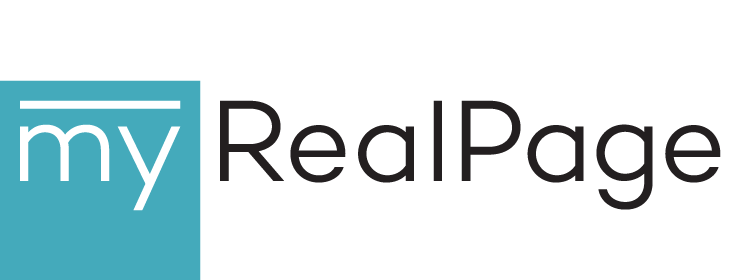How to Create an Effective Content Calendar for Your Real Estate Blog

Blogging for your real estate blog is a hugely effective marketing tool for lots of reasons that we’ve shared (the short version: it helps bring traffic to your website, it builds your reputation as an expert, and it converts visitors to clients).
But finding the time to write great blog posts isn’t easy. Lots of bloggers find it difficult to publish consistently. We’ve been there, too.
The key to blogging as a realtor is to create and stick to a blog content schedule that keeps you organized and posting on a regular basis, without the stress.
Here’s how to create an effective blog content schedule for your realtor website.
1. Outline your goals
The goals of your blog posts are likely to achieve the things we already mentioned: increased traffic, reputation, and to build trust with readers.
But what other goals do you want to achieve with your content?
If you want to become the go-to source for real estate news and highlights in your market, that would likely requiring posting blogs two or more times per week.
Or maybe you want to provide a mix of useful home ownership advice, plus coverage of your latest listings? That could mean blogging less frequently.
Outlining what you want your content to achieve will help you schedule accordingly.
2. Create your content themes
![]() With your goals in mind, decide which content themes or “buckets” you’ll create content for. For one-person blogging teams, we recommend choosing between two and five themes.
With your goals in mind, decide which content themes or “buckets” you’ll create content for. For one-person blogging teams, we recommend choosing between two and five themes.
Determining these buckets helps to organize your ideas and to schedule your posts, and keeps your blog feeling focused. Examples of buckets include:
- Homeowner advice
- Real estate market news
- New listings
- Neighbourhood guides
3. Decide how much time you realistically have
Be real with yourself about how much time it takes to add one blog post to your website, from deciding on your idea to hitting the publish button.
Remember to consider all the steps involved: researching, writing, editing, finding an image, sizing that image, editing again, and publishing. Researching and writing a 500-word post can take us at least a couple of hours, plus another hour for image research, editing, getting it live on the site and – the big one – sharing it across all channels.
Knowing how much time you can realistically dedicate to blog writing and publishing will set you up for success much more than setting lofty goals and then failing when you find yourself crunched for time.
Know your limit, and plan within it.
4. Schedule your posts
Now you’re ready to plot out your posts on a schedule. You can use a simple calendar tool, like Google Calendar, or you can download templates like those from CoSchedule and HubSpot. Whatever approach you use, make sure it’s something that doesn’t feel like extra work to you.
If you’re new to blogging, we suggest starting slow. Schedule one post per week, or maybe just two per month. Get used to sticking to a schedule. You might find that’s all your time allows for, or that maybe you’ve got room to add more.
Whatever frequency you start with, it’s important to schedule for the future. Having your blogging schedule planned a month in advance gives you plenty of time to prepare, and keeps you organized.
5. Ramp up
Once you feel confident in your scheduling and publishing abilities, ramp up your frequency. Publishing more regularly can help you reach your goals faster, and it keeps your audience coming back.
Build slowly, working towards publishing between three and five times per week.
Last Updated on November 28, 2023 by myRealPage


